


This edition of the Seat Ibiza Cupra 1.8 20VT is the 5 speed / Manual version and was first brought out in 2004. This was at around the same time as the introduction of the 2005 Bugatti Veyron 8.0 litre W16 and the 2005 SSC Aero SC 8T 6.3L.This particular Seat Ibiza has a 1781cc Turbo Petrol powerplant with 4 cylinders in a St formation.
The Ibiza shares its Petrol St4 engine configuration with the likes of the 2019 Ariel Atom 4 2.0 Turbo and the 2013 Caterham 7 620 R 2.0 L Supercharged. If you're looking for other fast cars which share the Ibiza's Front Wheel Drive, Hatchback combination then how about the 2022 Volkswagen-VW Golf R Performance 2.0 Turbo or the 2020 Toyota Avalon TRD 3.5 V6.
Weighing in at 1177 kgs (2594 lbs) this makes the Seat Ibiza Cupra 1.8 20VT in the same weight category as the 2018 McLaren Senna 4.0 V8 Twin Turbo or the give or take 50kg.
![Audi A1 Sportback 40 TFSI S tronic S line - [2020] image Audi A1 Sportback 40 TFSI S tronic S line - [2020] image](/editionimages/2014.jpg)
The Seat Ibiza shares the same bhp with the 2020 Audi A1 Sportback 40 TFSI S tronic S line (197 bhp)
In terms of power the 1781cc 20V St4 engine produces 178 bhp (132 kW) @ 5800 rpm similar to the 2020 Audi A1 Sportback 40 TFSI S tronic S line (197 bhp) or the 2020 Abarth 695 70th Anniversario 1.4 Turbo (177 bhp).
The Turbo St4 throws out 181 lb-ft (245.4 Nm) @ 2000 rpm placing it with cars of similar torque performance figures such as the 2022 Mini Cooper Countryman John Cooper Works 1.5 Turbo (162 lb-ft) or the 2020 Abarth 695 70th Anniversario 1.4 Turbo (184 lb-ft).
If one combines the weight with power or torque performance for the Seat Ibiza you can get a better idea of it's real world performance.
![Honda Civic Type R 2.0 16v EP3 - JDM - [2004] image Honda Civic Type R 2.0 16v EP3 - JDM - [2004] image](/editionimages/278.jpg)
The 2004 Honda Civic Type R 2.0 16v EP3 - JDM (176.0 bhp per ton) has similar Bhp Per Ton stats as the Seat Ibiza.
The Seat Ibiza has a Power to weight ratio of 151.2 bhp per ton and 153.7 lb-ft per ton. Bhp Per Ton figures of the 2004 Ibiza competing with the 2004 Honda Civic Type R 2.0 16v EP3 - JDM (176.0 bhp per ton) or the 2001 Honda Civic 2.0i 16v VTEC Type R EP2 - JDM (176.0 bhp per ton).
If you agree with the late great Carroll Shelby then arguably an even better indicator of potential performance, Torque. Use weight as well and you end up with - Torque per ton, with the Seat Ibiza generating around 153.7 lb-ft per ton. If you're curious as to what other cars have as much torque to weight then look no further than the 1966 Ferrari 365 California 4.4 V12 (178.6 lb-ft per ton) or the 2017 Audi A3 S3 Saloon 2.0 Turbo (178.3 lb-ft per ton).
With a 0-60mph time of 7.00 secs or a 0-100km/h (0-62mph) of 7.2 secs, this made the Seat Ibiza Cupra 1.8 20VT as fast as the 2020 Alfa-Romeo Giulia 2.2 16v Turbo Diesel (7.00 secs) the 2015 Mazda MX5 2.0i Roadster Coupe (7.00 secs) the 2013 Seat Leon SC 1.8 FR Start-Stop DSG (7.00 secs) the or the 2012 Volkswagen-VW Golf GTi Cabriolet DSG (7.00 secs). This Seat Ibiza Cupra 1.8 20VT is also faster than the 2018 Abarth 595 Turismo 1.4 Turbo (7.10 secs) the 2013 Land-Rover Range Rover Sport 3.0 SDV6 (7.10 secs) the 2012 Lexus ES 350 (7.10 secs) the and the 2011 Abarth 500 Essessee 1.4 Turbo (7.10 secs).
When talking about the performance of the Seat Ibiza on the drag strip it can reach a quarter mile in an estimated 15.12 secs @ 90.5 mph. Similar performance down the quarter mile can be found with the the 2004 Audi TT 3.2 V6 Quattro (15.06 secs), the 2013 Lexus IS 350 (15.07 secs), and the 2014 Peugeot 208 Gti 1.6 Turbo 30th (15.07 secs).
Modern performance cars are often artificially restricted to 155mph. The 2004 version of the Seat Ibiza Cupra 1.8 20VT has a maximum speed of 142mph.
If maxing out your car on the AutoBahn is your thing and you're wondering what's faster than the 2004 Seat Ibiza Cupra 1.8 20VT then how about the 2014 Mini Cooper John Cooper Works 2.0 Turbo (153 mph), the 2004 BMW X5 4.8is V8 (153 mph), or the 2002 Dodge Neon 2.4 SRT-4 (153 mph).


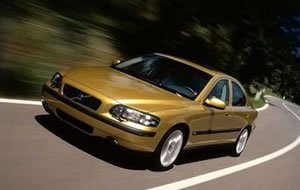
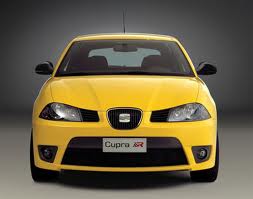
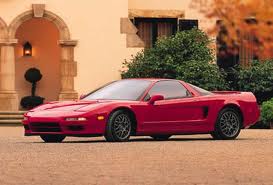
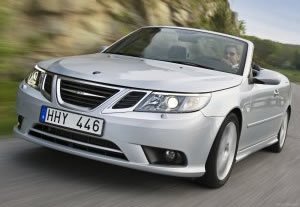
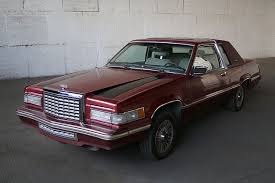
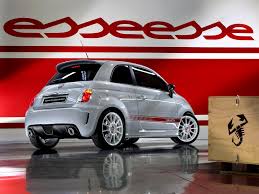


Audi A8 S8 Plus 4.0 V8 Turbo
Engine: Turbo Petrol | 3993cc 24v V8
Top Speed: 155 mph
0-60mph: 3.70 seconds

McLaren 540C 3.8 V8 Twin Turbo
Engine: Twin Turbo Petrol | 3799cc 32v V8
Top Speed: 320.2 kph
0-100kph: 3.5 seconds



















